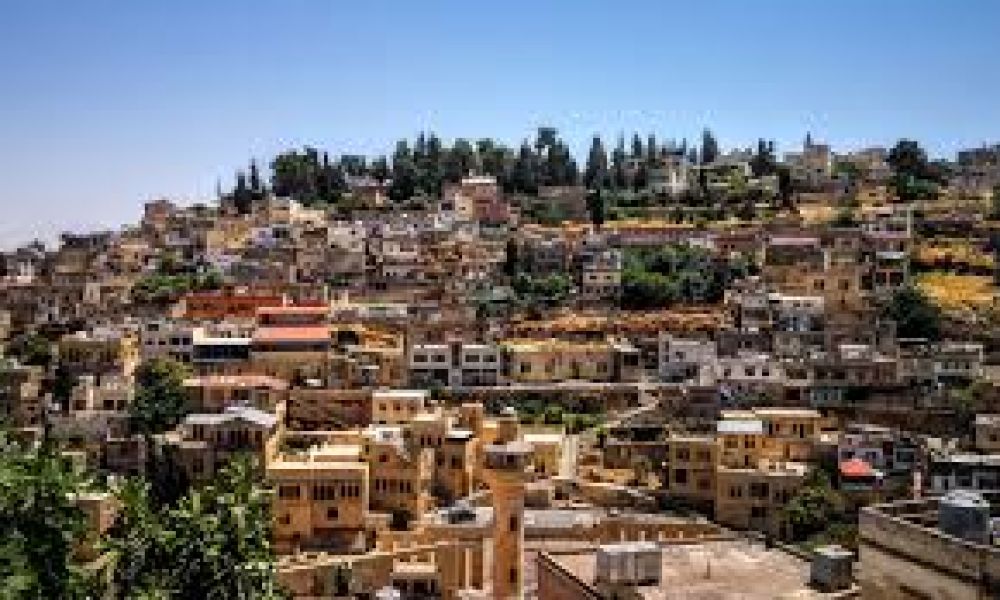

The history of tourism in Al Salt, located in the Balqa highland of Jordan, is as storied as the city itself. Al Salt, known for its Ottoman-style yellow stone houses and its ancient alleys, has been a beacon of settlement for many civilizations over the centuries, including the Romans, Byzantines, and Ottomans. However, it was the late 19th and early 20th centuries that shaped Al Salt's unique cultural landscape and began attracting tourists.
The city encountered a significant transformation during the late Ottoman period, becoming a hub for trade and agriculture. With thriving commerce and a strategic location linking the desert to the west and the Jordanian plateau to the east, Al Salt became a center for regional politics and the economy. Churches, mosques, and marketplaces stood side by side, embodying the social fabric that made the city a prime example of religious and cultural coexistence.
It was during this period of prosperity that many of the city's most enduring attractions were constructed. The architecture of Al Salt, with its beautiful stone buildings and intricately designed interiors, began to draw attention from tourists. The Abu Jaber mansion, constructed in 1906, is a focal point for the city's heritage and history, housing the Al Salt Archaeological & Folklore Museum and showcasing the city's golden age.
Tourism in Al Salt began to truly emerge in the 20th century, as visitors from around the world started to explore its historical landmarks, such as the Al-Khader Orthodox Church and the Great Al-Maidan Mosque. The city’s historical core, Al Ein Plaza, and the panoramic views from the Salt Historical Museum provided tourists with a taste of its unique character and legacy.
One of Al Salt's most charming attributes is its Harmony Trail or "Harmony Street", which encompasses an area where churches and mosques have stood together for over a century, symbolizing the peaceful coexistence of its diverse population. This has been a major draw for tourists who are interested in experiencing Al Salt’s eclectic culture and vibrant community life.
In recent years, Al Salt has experienced a resurgence in tourism, culminating in its recognition by UNESCO. In 2021, Al Salt was added to the UNESCO World Heritage List, ensuring the protection of its cultural heritage and amplifying its appeal as a tourist destination. Current trends show an increased interest in sustainable and cultural tourism, with Al Salt offering walking tours through its old streets, traditional handicraft workshops, and authentic culinary experiences.
Visitors today can immeraltese themselves in hands-on experiences, learning about traditional Jordanian crafts, such as drum making, or taking part in cooking classes to master the art of Jordanian cuisine. The growth of these interactive forms of tourism has not only boosted the local economy but also helped preserve the intangible heritage of Al Salt.
Al Salt's blend of historical significance, cultural diversity, and community-focused experiences makes it a standout destination for travelers seeking an authentic encounter with Jordan’s rich past and present.